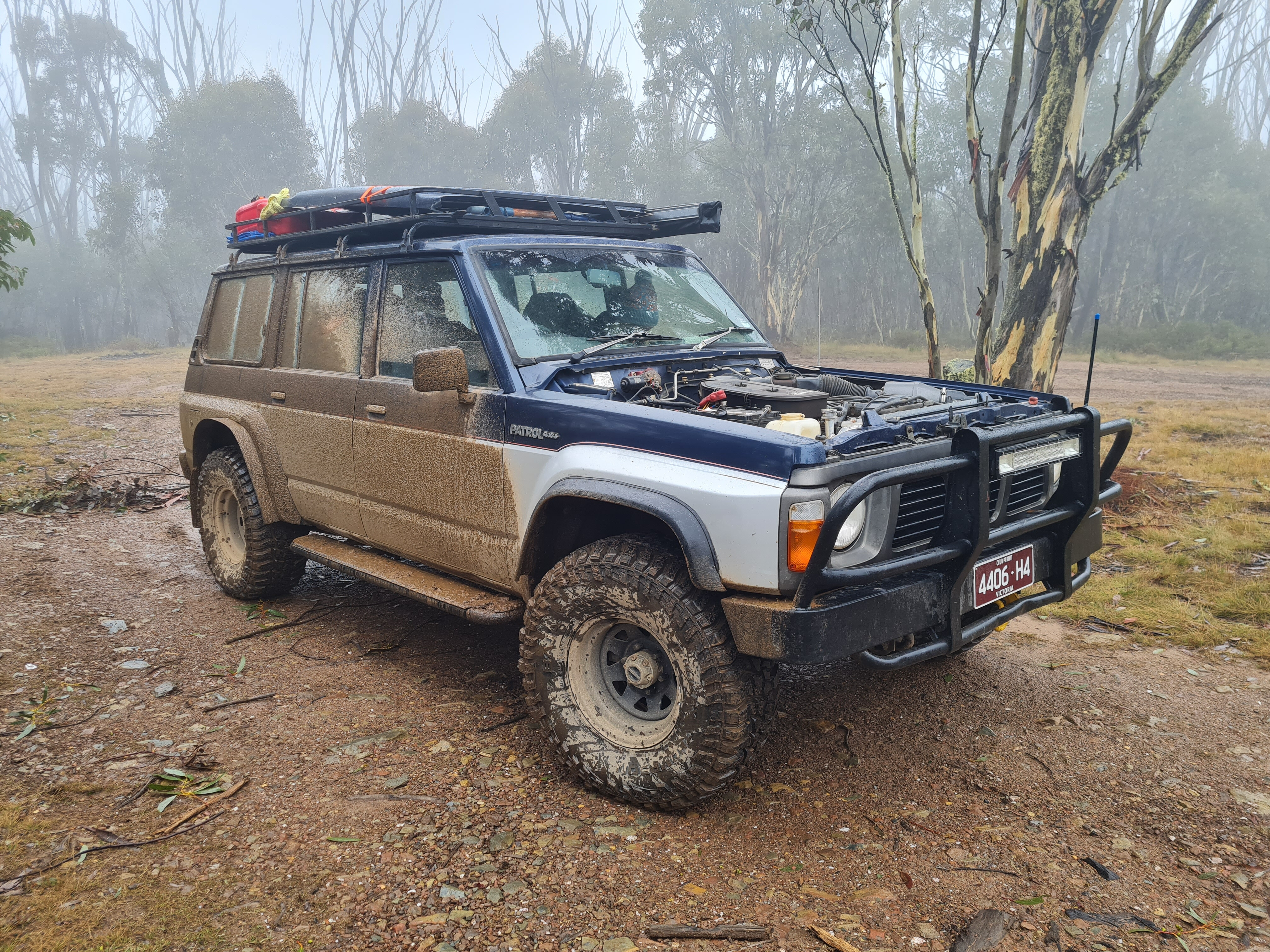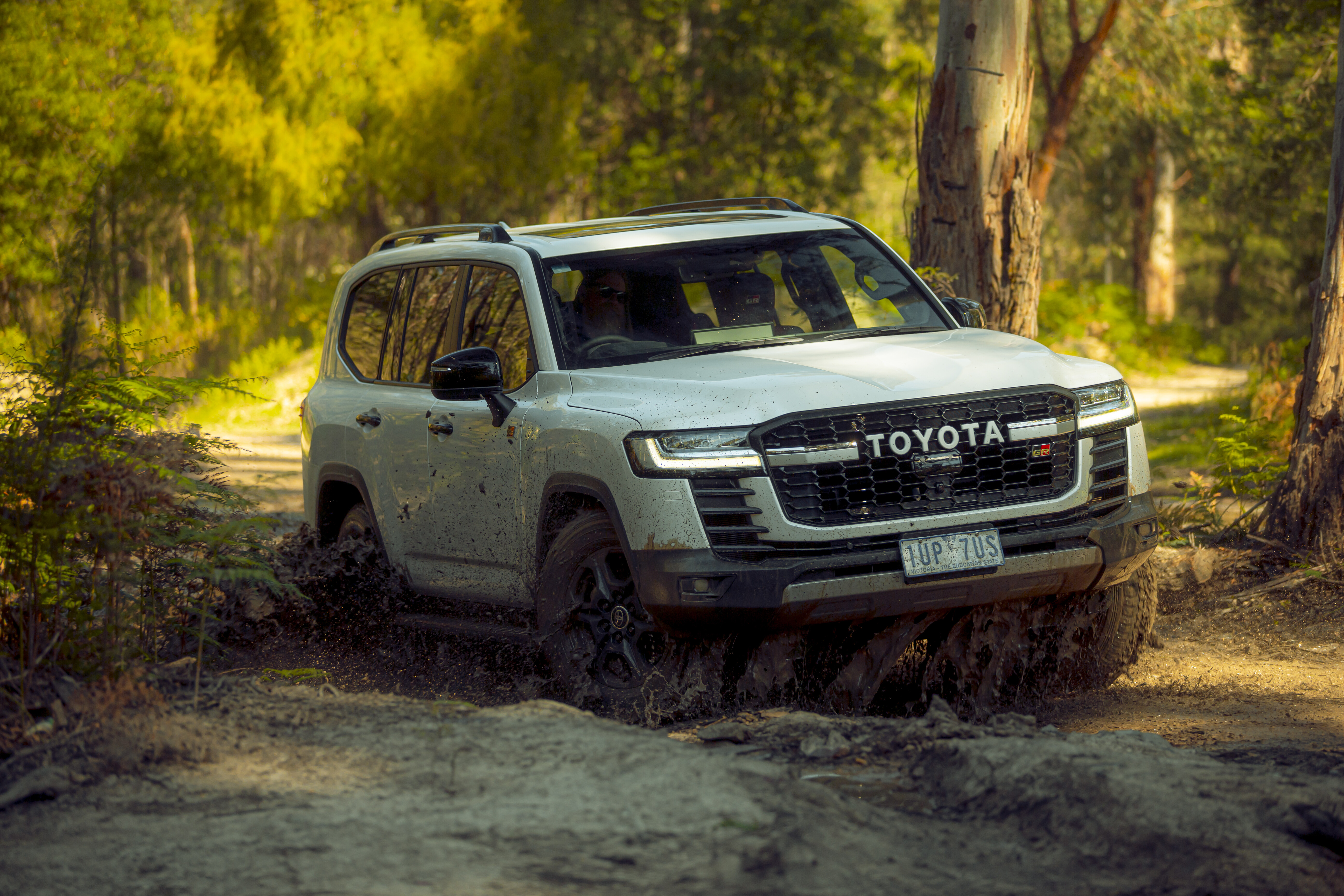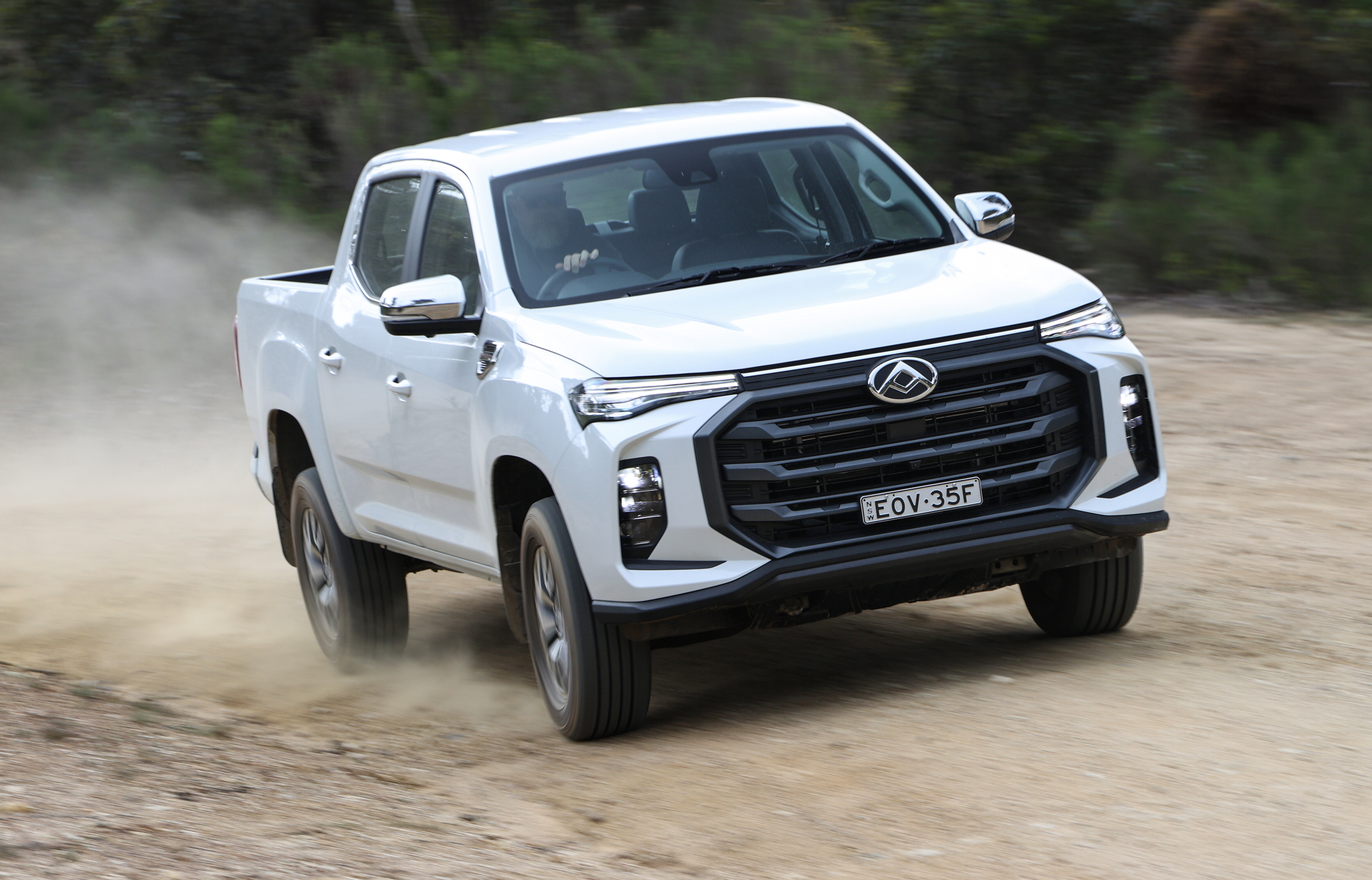FOR the first time ever, you can buy a Range Rover Sport with a four-cylinder engine – a diesel in this case.
Up until now, it’s been all V6 and V8 turbocharged diesels and supercharged petrol engines, and never a four of any description.
The four-cylinder diesel in question is an Ingenium, one of a new family of high-tech diesel and petrol engines developed for Land Rover, Range Rover and Jaguar vehicles. This four-cylinder diesel is just two litres in capacity, but claims 177kW and 500Nm.
Those numbers better the 147kW/470Nm of the 3.2-litre five-cylinder diesel in the Ford Ranger – an engine that’s more than 50 per cent bigger – and even the 151kW/430Nm of the 4.5-litre V8 diesel used in Toyota’s 70 Series – an engine that’s well over twice the capacity.
Part of its secret is the use of two sequentially deployed turbochargers; although, the VW Amarok also has a 2.0-litre four with two turbos and it claims 132kW/420Nm, still well short of the Ingenium.
What’s also surprising is that this little four doesn’t need extreme engine speeds to make those strong numbers, with its maximum torque already on tap by 1500rpm and peak power achieved by 4000rpm.
More pertinent than the question of how successful it will be in the Range Rover Sport is its effectiveness or otherwise in powering the all-new Land Rover Discovery. This 2.0-litre four will be the new Discovery’s default engine, at least if you want dual-range gearing, with the 3.0-litre V6 diesel being moved up to premium duties.
So, the power and torque numbers look great on paper, but how does it all stack up? Well, in a word, this engine’s a ripper. Asked to give its best, it’s keen and energetic and has a growl quite unlike a four, especially at wider throttle openings. Unless you were forewarned, you wouldn’t know you were driving a four on performance, feel or sound.
Aided by its eight-speed automatic, it will propel the 2100kg RRS from a standstill to 100km/h in just over eight seconds. That’s pretty brisk. More importantly, it provides handy highway overtaking power, even if it doesn’t quite have the shove in the back of the 190kW/600Nm 3.0-litre V6 diesel it replaces at the bottom end of the RRS range.
In general driving, it’s effortless and quiet; although, it will pick up a lower gear under load a bit more readily than the V6, and it generally likes to have more revs on board to do the same job. Thankfully the eight-speed automatic offers slick and quick changes and the engine remains super smooth regardless of rpm, one of the benefits of a small-capacity four fitted with balance shafts.
Of course, many people won’t like the idea of a smaller capacity engine doing the job of a bigger capacity engine, but that’s the way of the future. Will longevity and reliability be compromised? Perhaps, but that will depend on how strongly these engines are built.
DOLLARS AND SENSE
AT $90,990 (plus on-roads) the SD4 S is the least costly of the 13 Range Rover Sport models. However, our test vehicle came with $20K of options, the most useful being the $5500 Off Road Pack comprising dual-range gearing, height-adjustable air suspension and active dampers.
Numerous convenience features such as keyless entry and a panoramic sunroof account for another $9K, while the 21-inch wheel/tyre package (in place of the standard 19s, and the least useful option) adds just over $4K.
RANGE ROVER SPORT SD4 SPECS Engine: 2.0-litre 4-cyl bi-turbo-diesel Max power/torque: 177kW/500Nm Gearbox: eight-speed automatic 4×4 system: dual-range full-time Kerb weight: 2115kg Towing capacity: 3500kg Fuel tank capacity: 74 litres ADR fuel claim: 6.2L/100km Test fuel use: 8.5L/100km





